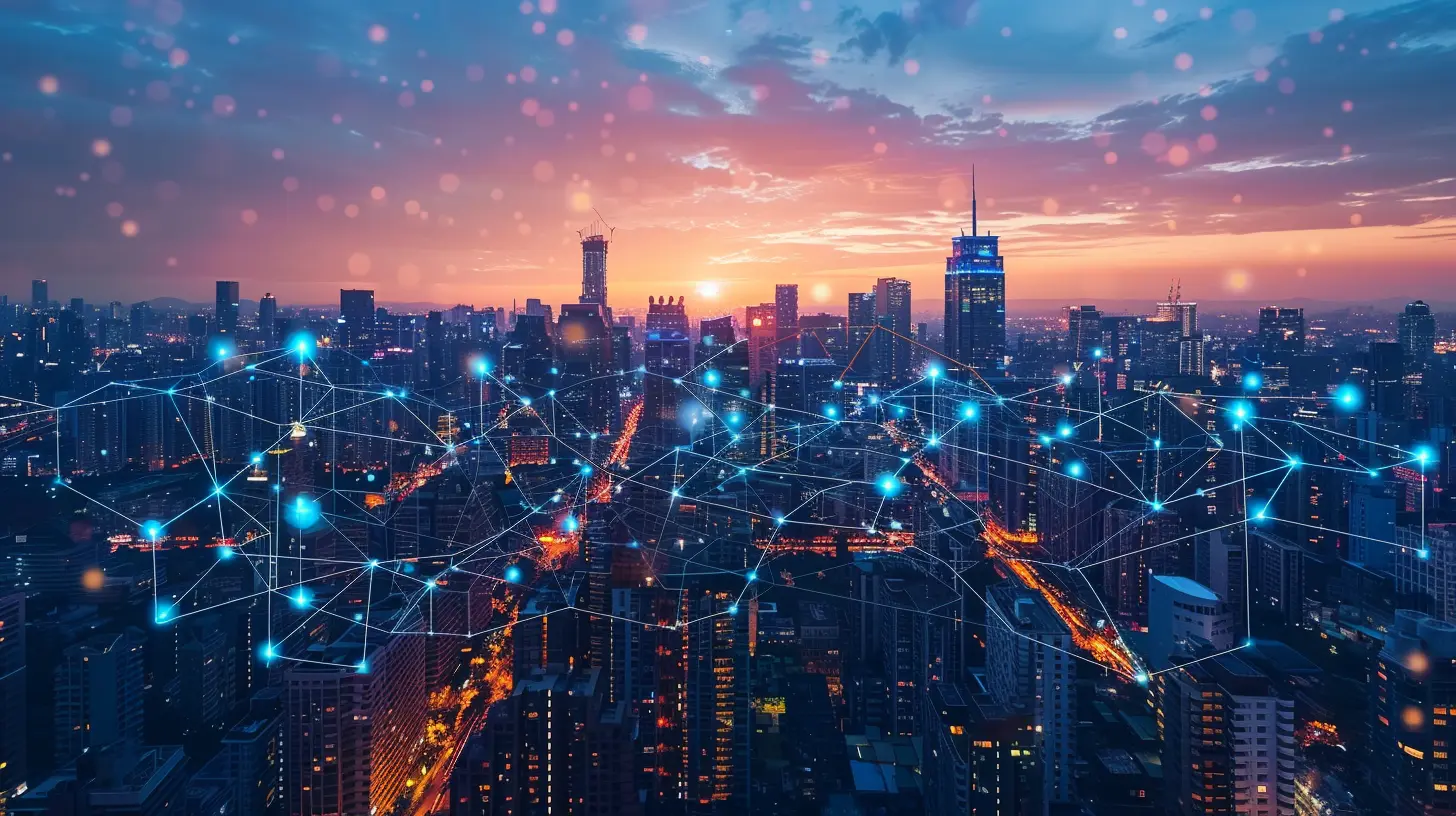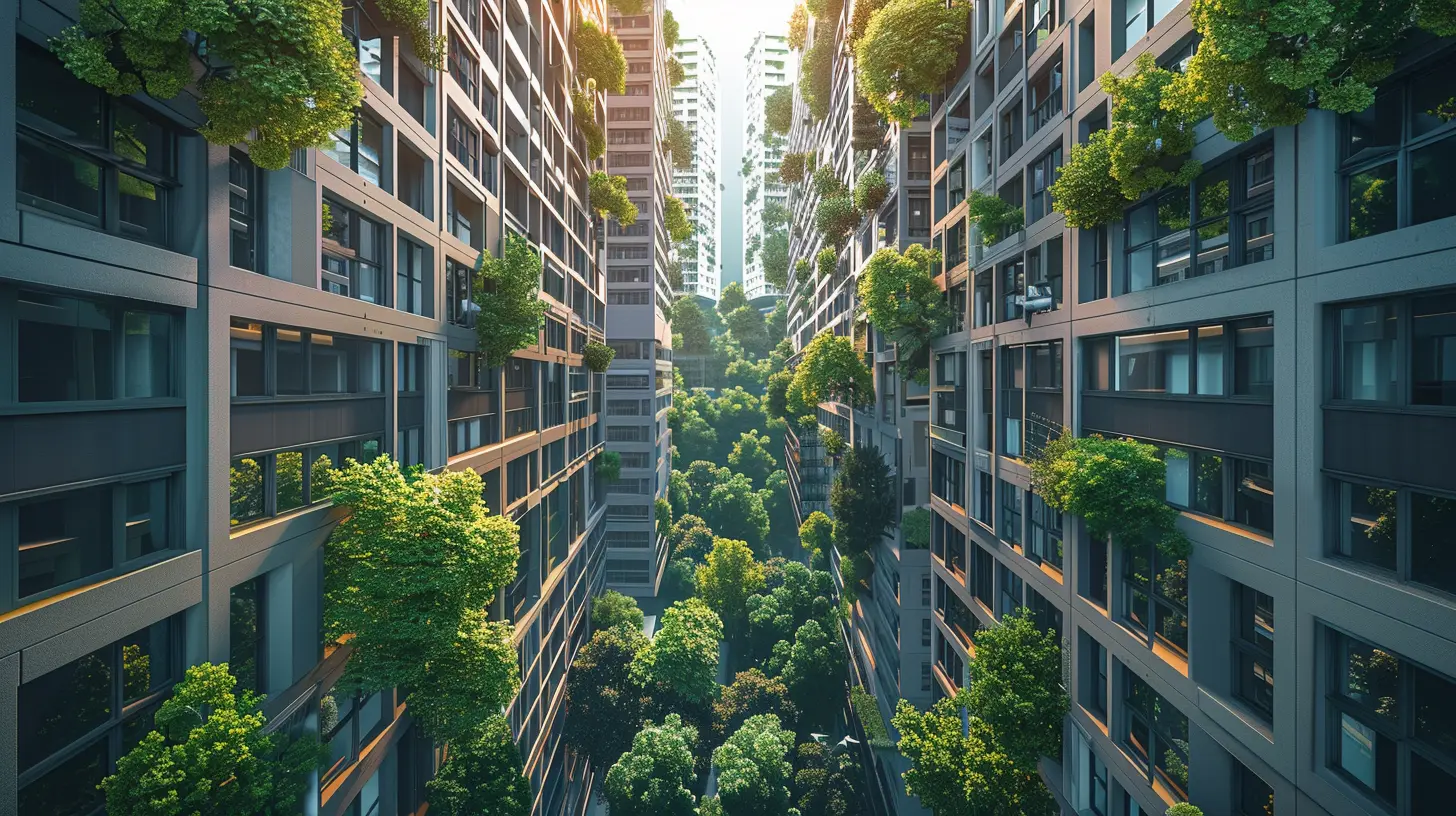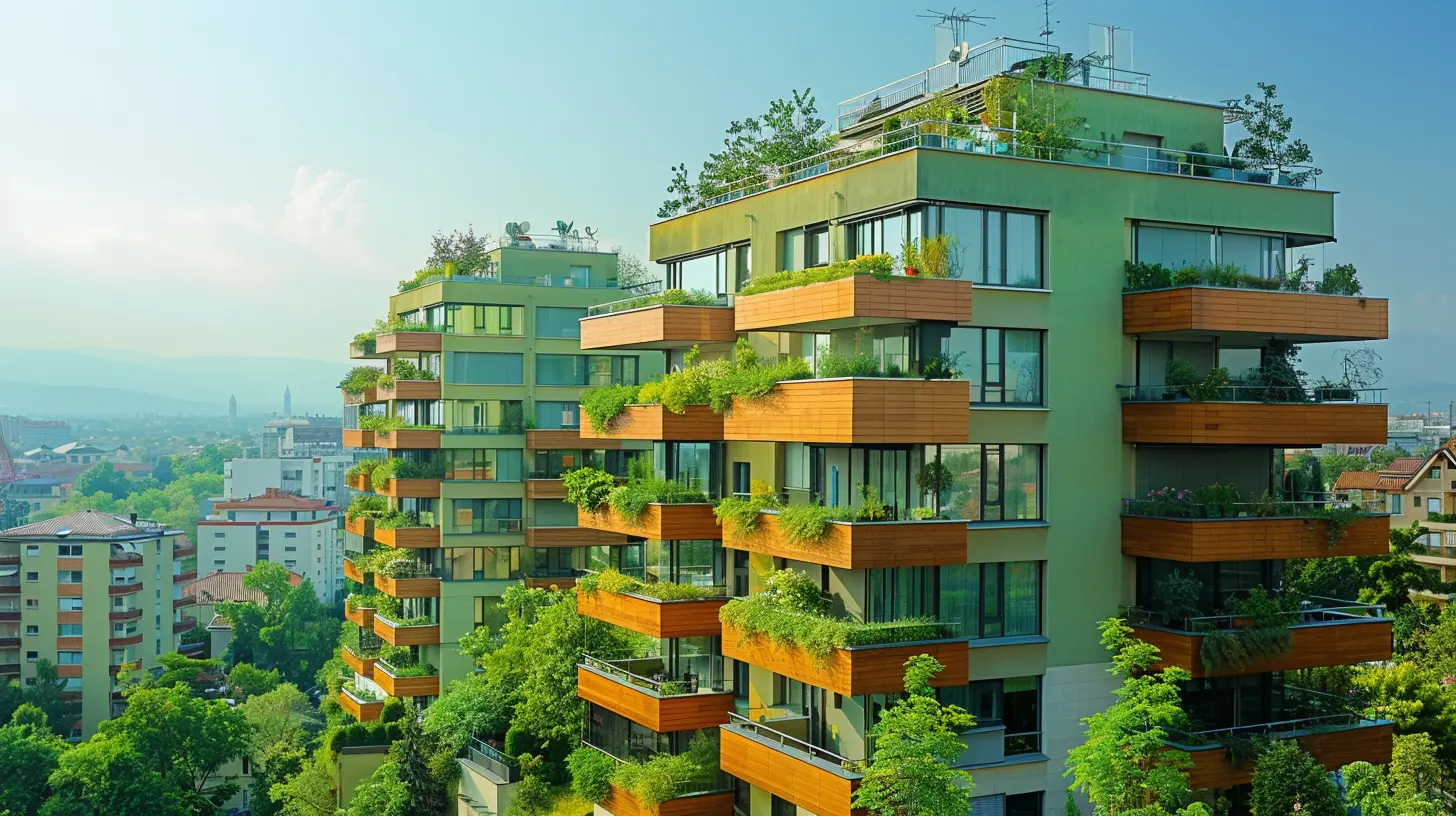The Importance of Connectivity in Modern Urban Developments
15 August 2025
Let’s face it—we live in a world that’s all about staying connected. Whether we're texting a friend while waiting for the bus or ordering dinner while sitting in traffic (please don’t do that while driving), connectivity shapes how we live, work, and play.
And guess what? The same goes for the cities we live in. Today’s urban developments aren’t just about tall buildings and fancy coffee shops—they’re about how all those things link together to create a seamless, livable experience. So, if you’ve ever wondered why modern city planners obsess over “connectivity,” pull up a chair and let’s chat.
What Do We Mean by "Connectivity"?
Before we dive in, let’s unravel what the word “connectivity” actually means in the urban development world.Think of it like the nervous system in the human body—it’s the infrastructure that makes sure all the parts of a city are talking to each other. That includes:
- Roads and highways
- Public transportation systems
- Sidewalks and bike lanes
- Digital connectivity (hello, 5G!)
- Utility networks
- Access to amenities like parks, schools, shops, and healthcare
It’s all about how easily people, services, and information can move around in a city. The smoother the flow, the better the quality of life.
Urban Living Isn’t What It Used to Be
Gone are the days when people picked a home based solely on square footage and a backyard. Now, we want to live somewhere where we can hop on a train, grab a coffee on foot, work remotely from a café, and be within arm's reach of literally everything.That’s where connectivity steps in. In modern urban life, convenience is king—and connectivity is the crown jewel.
Why Connectivity Should Be at the Heart of Urban Planning
1. It Makes Life Easier (Who Doesn’t Want That?)
Imagine living in a neighborhood where you need to drive 30 minutes for milk. Not fun, right? Now picture a place where you can walk to a grocery store in five minutes, drop your laundry off on the way, and snag a flat white from your favorite barista on the way back. That’s the magic of well-connected neighborhoods.It’s about making everyday life less of a hassle and more of a breeze.
2. It Reduces Traffic Congestion (And Road Rage)
When roads and public transport work together like a well-oiled machine, people use their cars less. That means fewer traffic jams, lower emissions, and less honking (which we can all appreciate).Cities that invest in multi-modal transport—like subways, buses, cycling paths, and hiking trails—are way more livable than those that rely solely on cars.
3. It Boosts Property Values (Cha-Ching!)
Here’s something real estate investors and homeowners love to hear: “This neighborhood is super accessible.” Properties in well-connected areas consistently have higher demand—and higher prices to match.Good connectivity can take an average property and turn it into a goldmine. Whether it’s access to transit or high-speed internet, location truly is everything.
4. It Makes Cities More Inclusive
Connectivity isn’t just an urban perk—it’s a social equalizer. When neighborhoods are connected by affordable public transport and digital access, more people can get to work, school, healthcare, and other critical services—without owning a car.That levels the playing field for communities that are often underserved or left behind. Inclusion = good urban planning.
Key Elements of Connectivity in Urban Developments
Let’s break down the building blocks of well-connected urban spaces.🚆 Public Transit Systems That Don’t Make You Cry
We all want transit systems that are reliable, clean, and actually go where people need to go. Think subways that run like clockwork, bus systems that hit the major hot spots, and trams or light rail that stitch the city together.Oh, and don’t forget real-time tracking apps—because nobody likes standing in the dark wondering when the next bus is arriving.
🚶♂️ Walkability: The Unsung Hero
If you can't stroll safely from your apartment to get a slice of pizza at midnight, is it even really a neighborhood?Walkability is a huge part of connectivity. Wide sidewalks, pedestrian crossings, shaded footpaths, and mixed-use zoning turn a city into a walker’s paradise. Bonus points for dog-friendly areas and street art.
🚲 Bike Lanes: More Than Just a Trend
Biking to work isn’t just for hipsters anymore. With eco-conscious living on the rise, protected bike lanes are now a must-have in any urban blueprint. They’re economical, sustainable, and reduce our carbon footprint. Win-win-win.📶 Digital Connectivity: Not Just for Zoom Calls
In today’s world, a city without fast, reliable internet might as well be a digital ghost town. Everything from remote work to streaming your favorite series depends on strong digital infrastructure.And with smart cities on the rise? Think sensors, traffic-monitoring tech, automated lighting, and more—all powered by high-speed digital networks.
The Role of Mixed-Use Development in Connectivity
A truly connected urban area isn’t just about getting from A to B—it’s about having everything you need at point A. That’s where mixed-use development comes in.These are neighborhoods that blend residential, commercial, cultural, and recreational spaces. Instead of commuting across town for work, the gym, groceries, or dinner, you can do it all within a few blocks.
It’s like living in a mini-city within a city. Pretty neat, right?
Sustainability and Connectivity Go Hand-in-Hand
Think about this: the more connected a city is, the more efficient it becomes. Public transport reduces carbon emissions. Walkable neighborhoods lower the reliance on cars. Digital infrastructure reduces paperwork and physical waste.So, if we’re serious about fighting climate change—and we better be—connectivity isn’t just a luxury. It’s a necessity.
Connectivity and Smart Cities: The Future Is Now
If cities were smartphones, connectivity would be the Wi-Fi that helps everything function. Smart cities use data and tech to improve traffic flow, manage utilities, offer public services digitally, and even predict infrastructure needs before they become a problem.Imagine a city where:
- Traffic lights adjust in real time to vehicle flow
- Trash bins notify the city when they’re full
- Streetlights dim automatically when there’s no one around
- Apps tell you the quietest time to hit the gym
Yeah, that’s not sci-fi. That’s smart connectivity in action.
Real-Life Examples of Well-Connected Cities
Let’s give props where they’re due. These global cities are smashing it in the connectivity department:Amsterdam, Netherlands
World-famous for its bike-friendliness, Amsterdam features dedicated bike lanes and seamless integration with public transport. It’s compact, efficient, and oh-so-scenic.Singapore
This city-state is the poster child for smart city tech. From driverless trains to AI-powered waste management, Singapore is wired (literally) for 21st-century living.Copenhagen, Denmark
Copenhagen blends sustainability and connectivity like a boss. It’s walkable, bikeable, and has a public transport system so good you’ll never miss your car.Toronto, Canada
Toronto focuses heavily on mixed-use planning and public transport integration. The city’s development plans prioritize ease of movement and access to opportunities.What This Means for Homebuyers and Investors
So what does all this mean if you’re eyeing a new home or investment property?Ask yourself:
- Is the area easy to navigate without a car?
- Are there schools, shops, and hospitals nearby?
- How good is the public transport?
- Is high-speed internet reliable?
- Are there plans for future developments that will boost connectivity?
If the answers are mostly “yes,” chances are you’ve found a winner.
Wrapping It Up: Connected Cities Are Happy Cities
At the end of the day, modern urban developments aren’t just about looking good on a brochure. They’re about function, freedom, and flow. The more connected a city is—physically and digitally—the easier it is for people to lead happy, healthy, efficient lives.So, whether you’re a city dweller, a real estate investor, or someone just thinking about their next move, keep an eye out for connectivity. It might just be the secret ingredient that turns a “meh” location into your dream spot.
all images in this post were generated using AI tools
Category:
Urban LivingAuthor:

Lydia Hodge
Discussion
rate this article
1 comments
Melanie McKee
Ah, yes, because nothing screams luxury living like a high-speed internet connection. Who needs parks or community spaces when you can binge-watch your favorite shows in style? Connectivity truly is the heart of urban happiness—right next to the coffee shop, of course!
August 24, 2025 at 4:32 AM

Lydia Hodge
While parks and community spaces are vital, high-speed internet is essential for modern lifestyles, enabling work, connection, and entertainment in our increasingly digital world. Balance is key!


